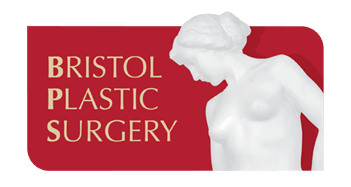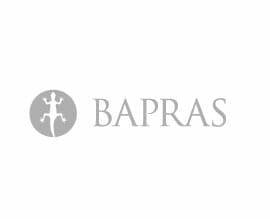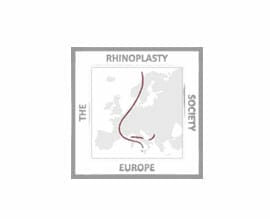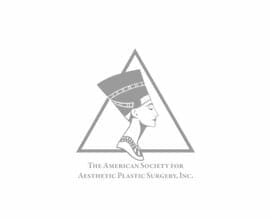Facelift
If the touch of time has been unfair and if well meaning remarks, such as “cheer up” or “you look tired”, are undermining your confidence, then a facelift may be the remedy you seek. A consultation with a skilled and experienced surgeon at Bristol Plastic Surgery can be your first step in restoring an outward appearance that more truly reflects how you feel on the inside.
There are many signs that betray our age. Lax skin is dull and lacks the bright reflected highlights of youth, fine wrinkles may crease the surface, deeper ones begin to cast shadows where none should be and the corners of the mouth may droop and jowls form. These can all be targeted in a carefully planned plastic surgery facelift.
Despite the apparent ease and simplicity with which we tighten our own face skin with our fingertips, the long training of a plastic surgeon pays dividends when dealing with the complexity and multiple aspects of facelift surgery. This general outline will supplement the discussion you have at your consultation and will explain the important issues in this complex but rewarding rejuvenation surgery.
Prices start from £9,600









